Tanzania sees oil potential at Eyasi Wembere basin project
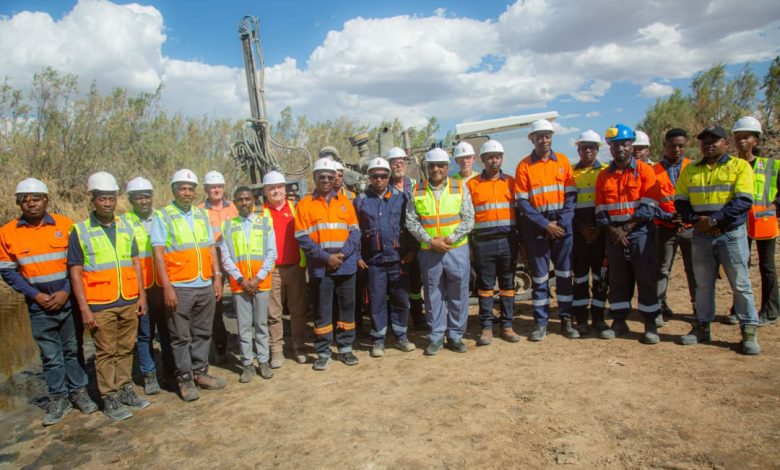
ARUSHA: A research under the strategic Eyasi Wembere project, aimed at exploring oil and gas in the East African Rift Valley, has revealed promising potential for oil discoveries in the area.
Deputy Permanent Secretary of the Ministry of Energy, Dr James Mataragio, highlighted these findings during a visit to the project site in Karatu District, Arusha Region.
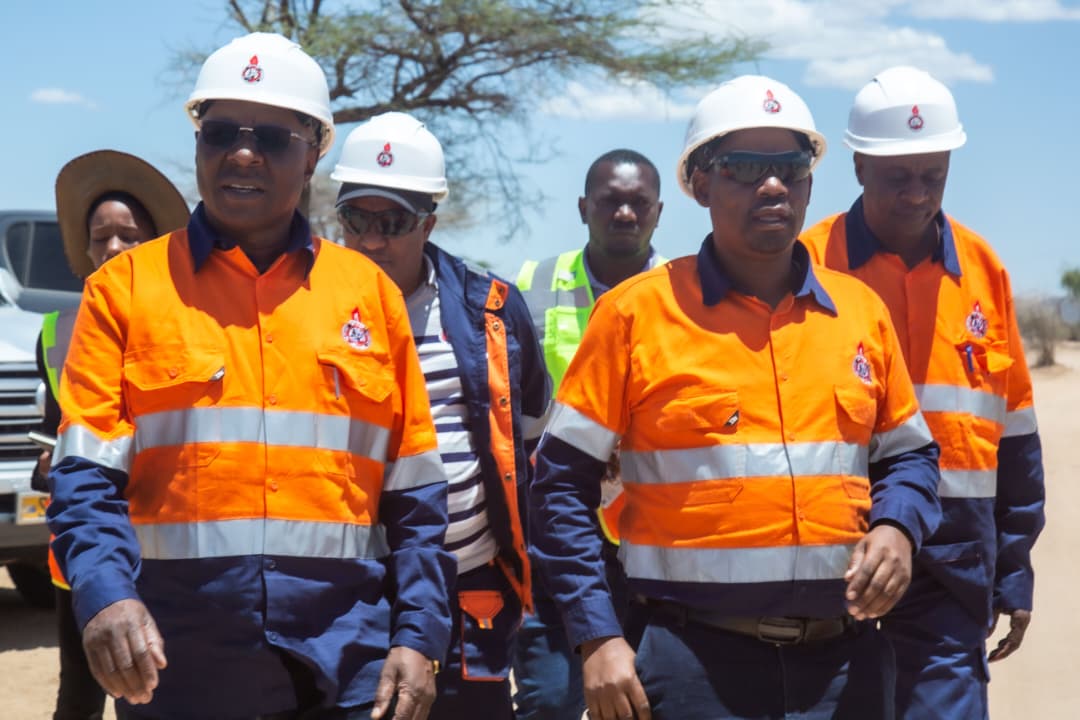
“The research started in 2015. Since then, we have collected extensive data on oil and gas presence. Analysis has identified rock formations capable of storing oil, confirming that this basin has commercial potential,” Dr Mataragio said.
He explained that initial aerial surveys and shallow drilling cost about 8bn/-, while the first phase of seismic surveys covering 260 kilometres cost around 10bn/-.
The second phase of the project will cover 914 kilometres at an estimated cost of 43bn/-, of which 430 kilometres, or 47 percent, have already been completed.
Dr Mataragio noted that local oil production could reduce the country’s dependence on imports, save foreign currency, and strengthen national energy security. He also emphasized that 90 percent of the workforce involved in the project are Tanzanians, reflecting strong local participation.
Following the inspection, Dr Mataragio directed the Tanzania Petroleum Development Corporation (TPDC) and the contractor, African Geographical Services (AGS), to ensure the project is completed on schedule by April 2026, with work continuing even during the rainy season.
TPDC’s Director of Exploration, Development, and Production of Oil and Gas, Geologist Paschal Njiko, said the corporation is closely supervising AGS to guarantee the timely completion of the second research phase.
ALSO READ: Mtwara Port begins handling oil transit for neighbouring countries
Salum Haji, Chairman of AGS, affirmed the company’s commitment to completing the project as planned, citing its national significance.
One of the project beneficiaries, Biru Benjamini, said the initiative has provided youth with both employment and skills development opportunities, underscoring the wider social benefits of the project.


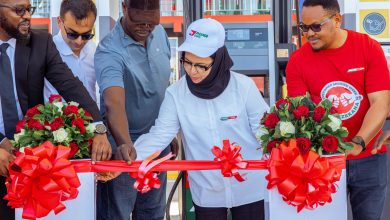
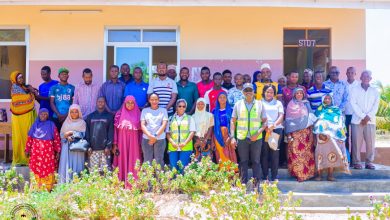
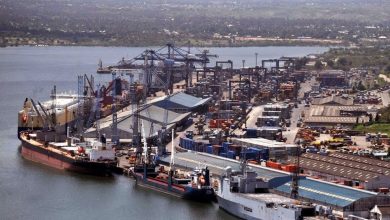
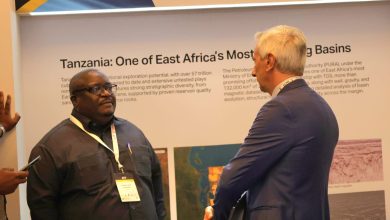
Well, that’s what happens when you have the potential to be the richest country in Africa, but still have to deal with the fact that you once flirted with the psychopaths of the GDR. A country ruled by……
Are you obsessed with the past Mr. Kraemer? Then don’t do cherry-picking of self-serving past facts that fit your agenda.
…. Promising potential?